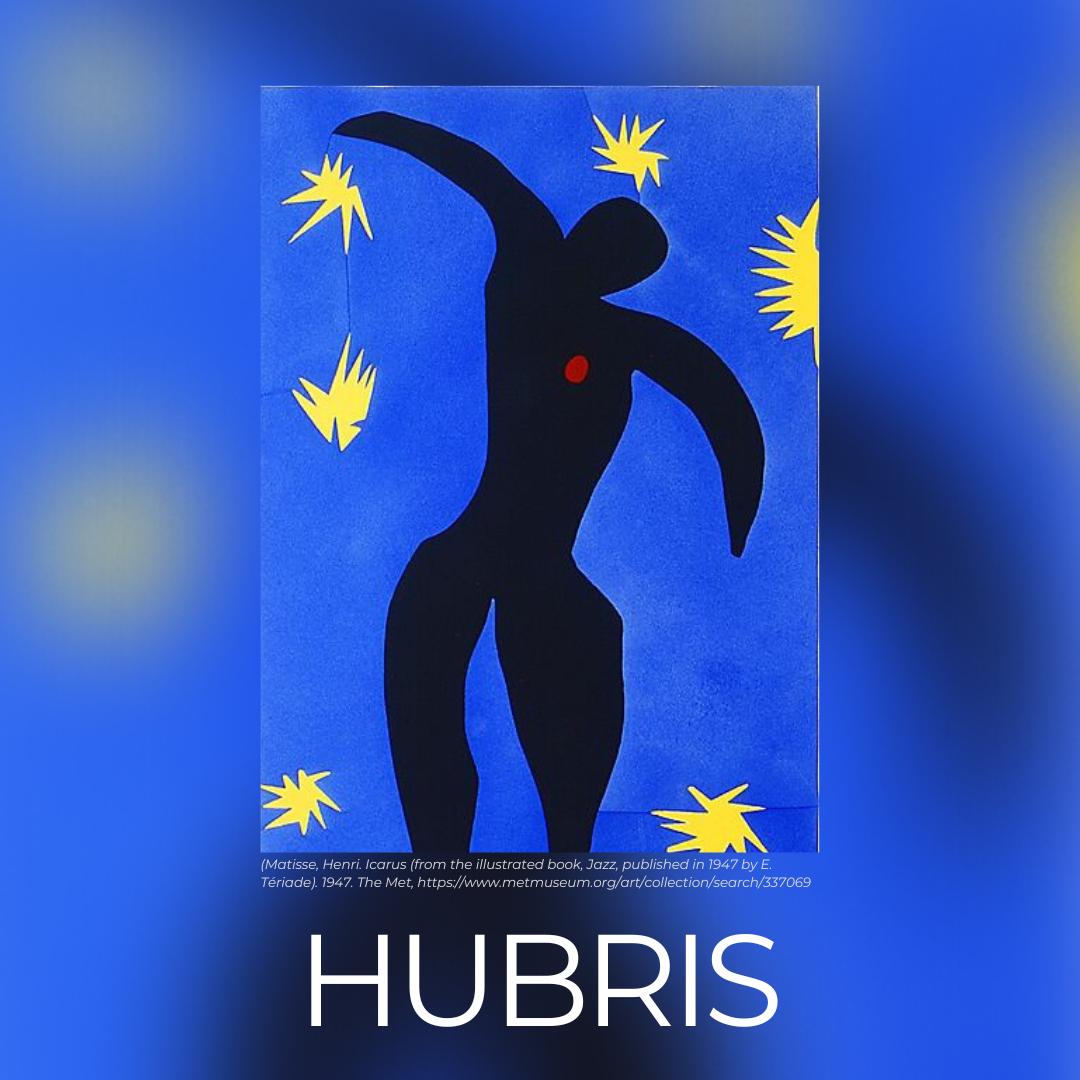
One of my favorite stories, which suggests how we might think not only more deeply about contemporary art but more charitably about the work and effort of one another, involves a husband and wife walking through a museum featuring a modern art exhibit. The husband glances at one of the canvases, shakes his head ruefully about what he perceives to be the childish simplicity of the painting and says, "I could've done that." His wife looks at the piece, then back at him, and replies, "Then why didn't you?"
During Henri Matisse's remarkable six-decade artistic career, he worked in a wide array of mediums—drawing, painting, sculpture, bronze relief, stained glass, decorative set designs for ballet performances, lithographs, etchings, murals for the interiors of homes, and book illustrations. In the early 1900s, he began to experiment with a new kind of brushwork, which gave rise to a more primitive yet vibrant look to his canvases. He then began to select wild new combinations of expressive colors for his work—colors that had a way of reacting dramatically with one another on the canvas. Next, he began to use bolder lines to outline his subjects, moving away from the softer contours that had been favored at the height of the Impressionism movement years before. Utilizing these innovations, Matisse learned to direct the flow of a viewer's eyes, creating a kind of joyful motion, exuberance, and spontaneity in his paintings. While some were critical of his work, calling it simple and even childlike, in reality it represented an evolution of his artistic style emerging from his study, experience, and imagination combined with the labor-intensive brand of craftsmanship he regularly employed in all of his work. "I try to hide my efforts," Matisse said, "wishing my work to have a light joyousness of springtime which never lets anyone suspect the labors it has cost me."
Decades later, Matisse, now in his seventies, his eyesight failing, confined to a wheelchair, and unable to work long hours at an easel, one day took a sharp set of fabric shears and snipped out the shape of a bird from some paper in his studio. He asked one of his studio assistants to pin it up on the wall to hide a stain. Deciding that he liked how it looked, he cut out some more, then some more. Soon he had his assistants washing large sheets of paper in a range of colors then—after cutting them carefully into all sorts of whimsical shapes and sizes—directed his assistants, now balancing on ladders, to affix them just so onto the walls of his studio with tailor pins. Some of the shapes looked like flying, falling figures (The Fall of Icarus, 1947) while others appeared to be leaping divers and splashing swimmers (The Swimming Pool, 1952). Still others were merely suggestive of gusting clouds or shooting stars set high in the heavens, or fish, algae, and coral set deep under the sea.
If Matisse had not actually invented a new art form, he had done something very much like it, and he would rearrange and rework his compositions until he was satisfied. Described by one writer as "not quite painting, not quite sculpture, and not even really permanent," the arrangements would be transferred from Matisse's studio using an elaborate tracing process to be affixed with special adhesives directly to the walls of museums, homes, or other exhibit spaces. Simple yet sublime, the cut-outs, as he called them, in the end were something only Matisse—with his experience, with his skill, with even his scars—could have done.
Matisse was perhaps more patient and kind than some others with his level of genius, so I have to think that if he had been eavesdropping on the exchange between the couple in that modern art gallery, he would have gently told the man that what he was looking at probably wasn't so simple to create. It resulted from a good deal of skill, training, experience, thought, hardship, and long hours of trial and error. He might even have added that sometimes what's hard to do might give off the sense that it's easy, though it is not. And that while, of course, everyone is entitled to his or her opinion—and the right to criticize—before doing so, before passing judgment, with just a snip of humility, a good question to ask might be this: Honestly, could I do any better?
God — Help me to better consider, appreciate, and value the work others do. Amen.
— Greg Funderburk





